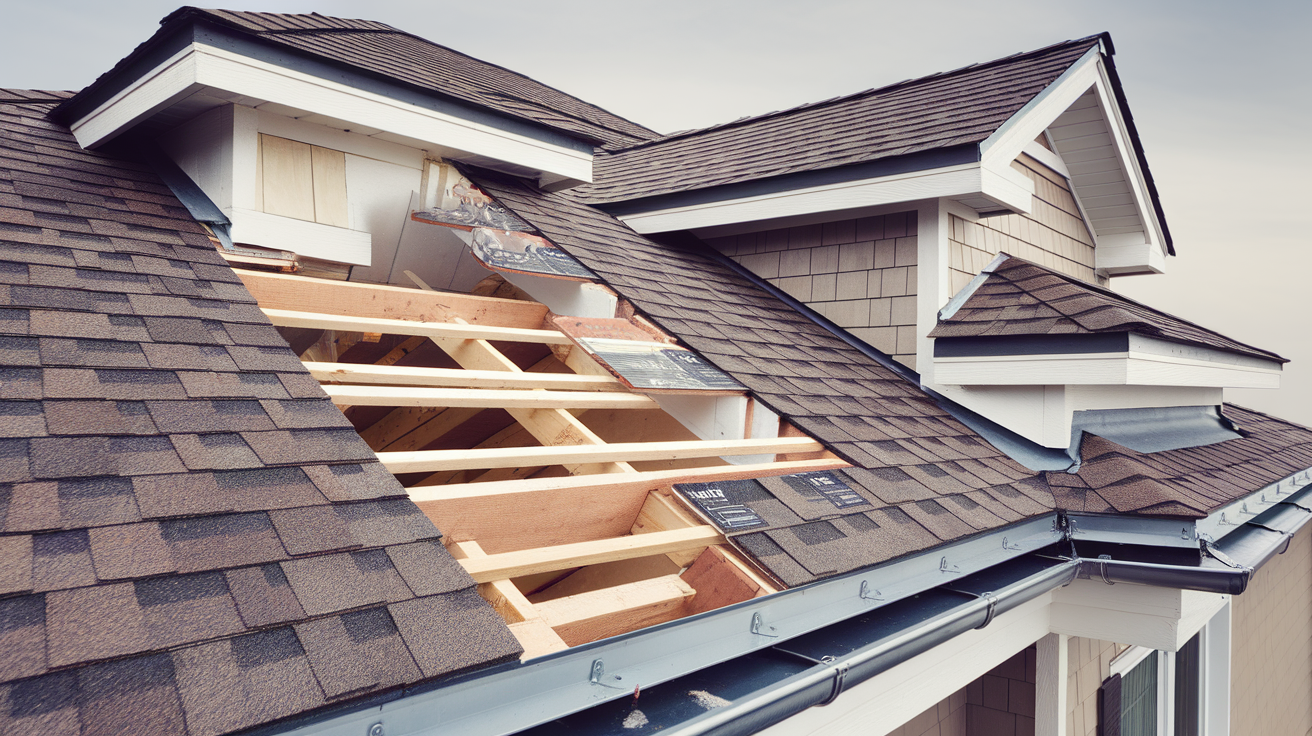Roofs do a big job-they keep us safe and dry. But have you ever wondered what really makes a roof strong? It’s not just one big piece.
A roof is composed of many parts, each one serving a crucial purpose. If you’ve looked up and seen shingles or gutters and asked, “What does that do?”-you’re in the right place.
I’ll walk you through each part of a roof, what it’s called, and why it matters.
If you’re a curious homeowner, fixing a leak, or just want to understand how your house stays protected, you’ll find answers here.
Knowing these basics can help you spot problems early, ask the right questions, and even save money in the long run.
You don’t need to be a builder to get this. I’ve kept it simple and clear, just like a good roof should be-strong, reliable, and easy to understand.
Why Roof Anatomy Matters?
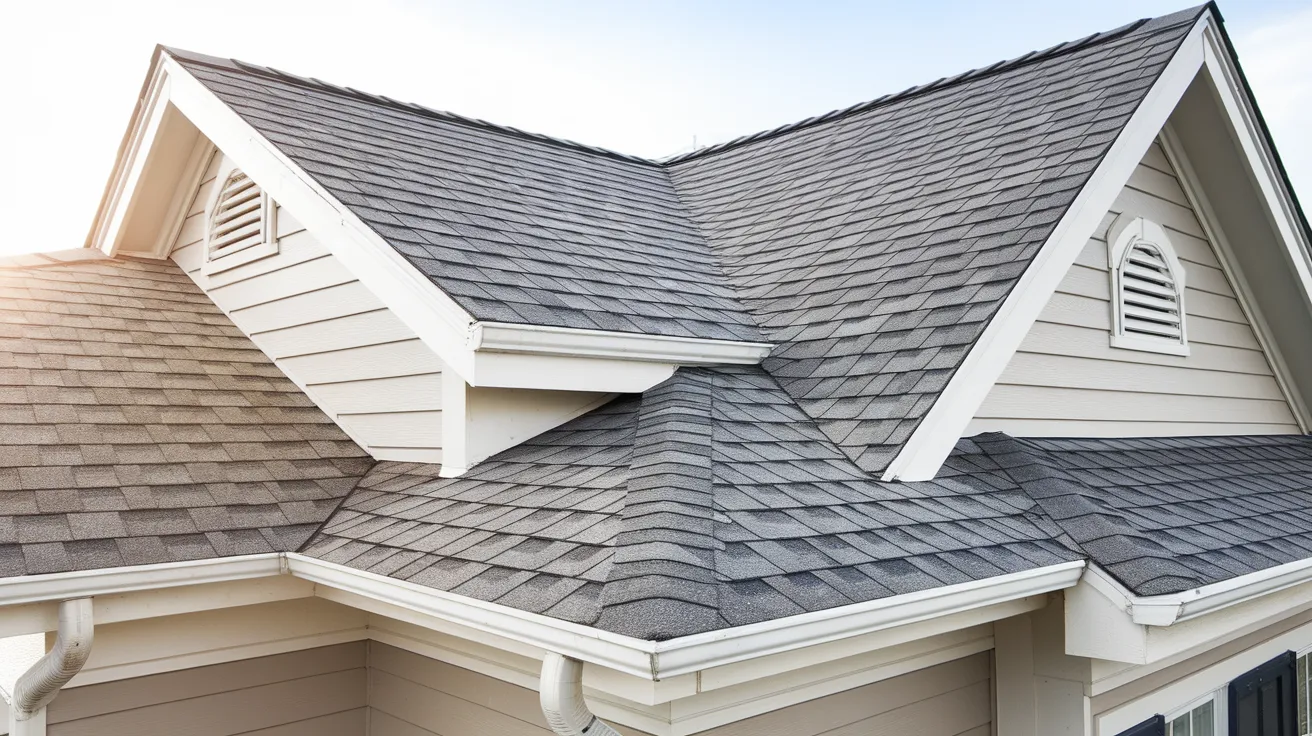
Your roof does more than just cover your home; it protects everything inside.
Understanding how a roof works helps you take better care of it, saving money on repairs and preventing leaks.
Each part of the roof plays a role; some keep water out, others help with airflow to regulate temperature. If one part is damaged, the entire roof can fail.
Learning the basics makes roof maintenance and repairs easier to understand and manage, helping keep your home safe and secure.
Core Components of a Roof and Their Functions
Roofs consist of parts that work together to protect your home, keeping water out, aiding airflow, and maintaining structure. Understanding these parts ensures your roof stays strong and safe.
1. Roof Decking
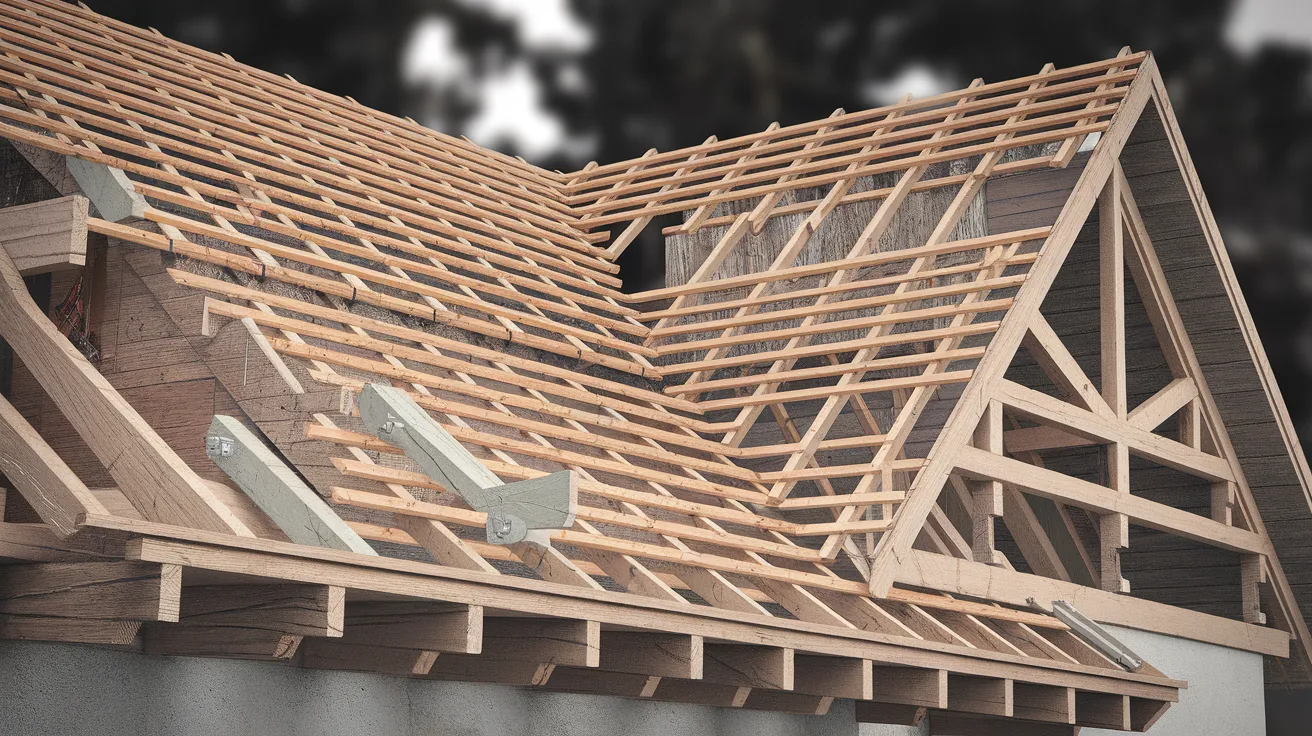
The roof decking is like the base of your roof. It’s made of wood or boards and is attached to the frame of your house.
Everything else on the roof is built on top of it. Decking helps support the weight of the shingles and other materials.
If this part gets damaged by water or rot, it can weaken the whole roof. That’s why it’s important to keep it dry and check it during repairs.
2. Underlayment
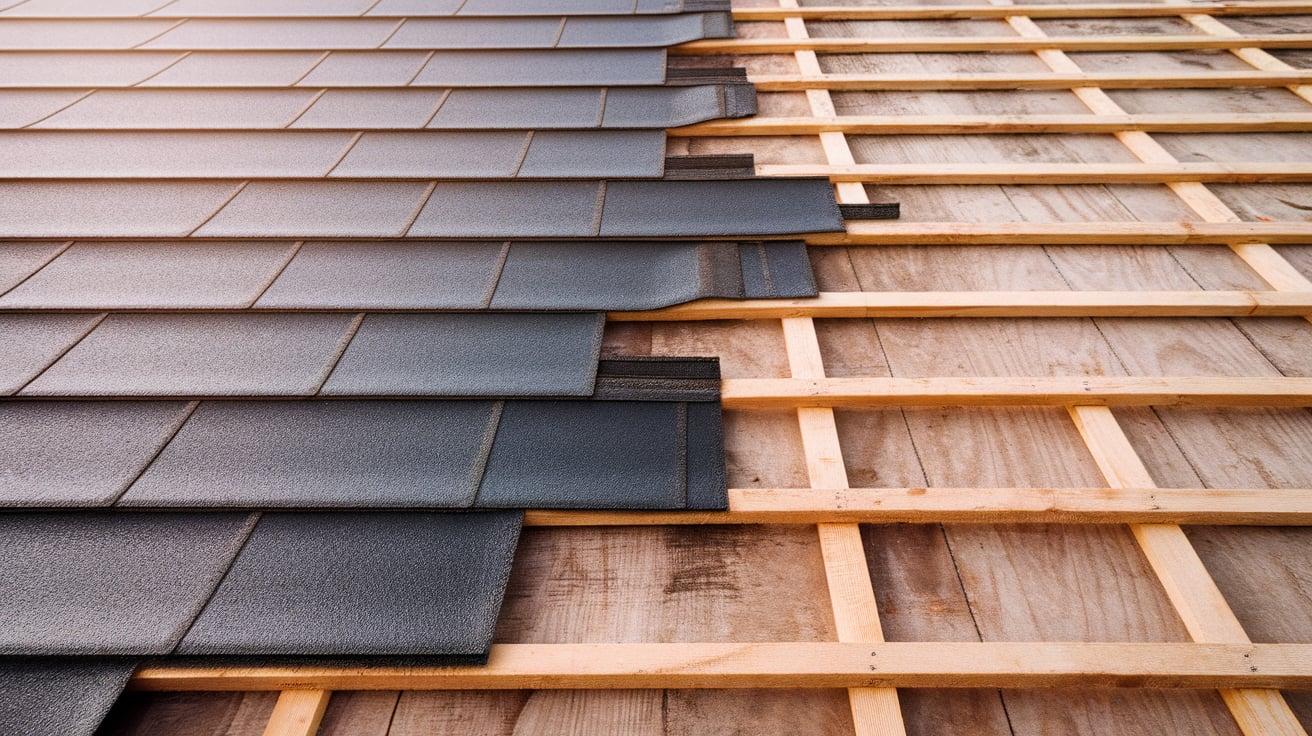
The underlayment is a thin layer that sits between the decking and the shingles.
Its job is to block water from getting in if the shingles get damaged or blown off. It’s usually made of felt or a waterproof material.
Think of it like a second shield that helps keep your house dry.
Even if your shingles are in good shape, underlayment gives your roof extra protection, especially during storms.
3. Shingles or Roofing Material
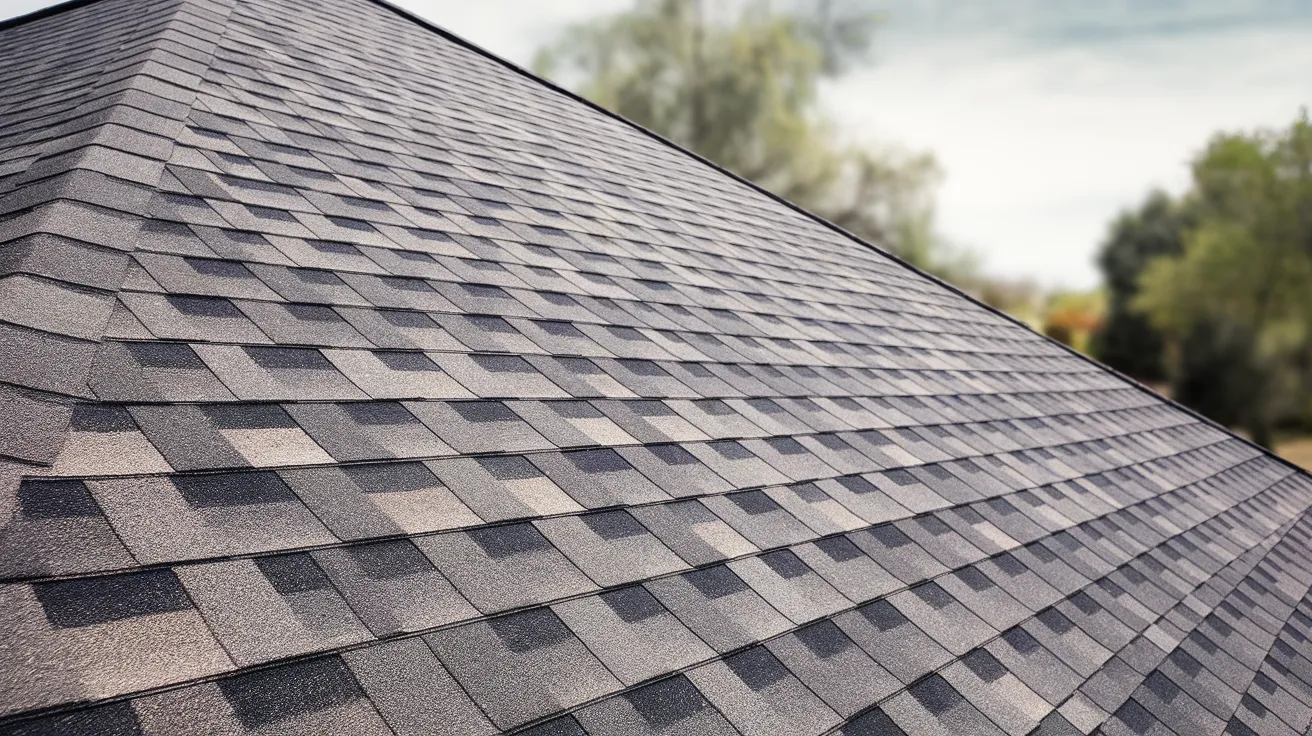
Shingles are the outer layer of your roof that you can see. They’re made of materials like asphalt, metal, or tile.
Their main job is to protect your home from rain, wind, and sunlight.
Shingles also help water slide off the roof so it doesn’t sit and cause leaks.
They come in many colors and styles, but what matters most is that they are installed correctly and checked regularly for damage.
4. Ridge
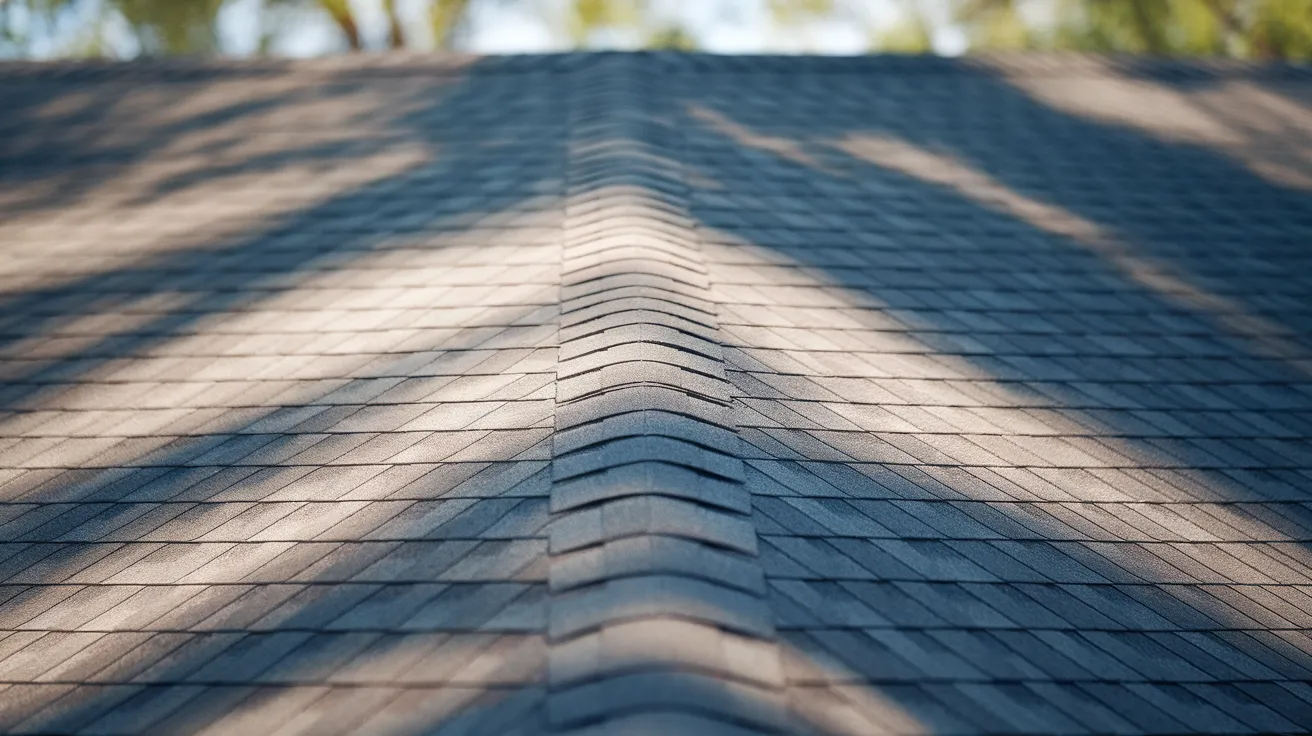
The ridge is the top line where the two sides of the roof meet. It runs across the peak of the roof and helps water slide down both sides.
This is the highest part of the roof, and it’s often covered with special ridge shingles to seal it.
A solid ridge keeps water from getting into the top of the roof while also letting hot air out if there’s a vent.
5. Ridge Vent
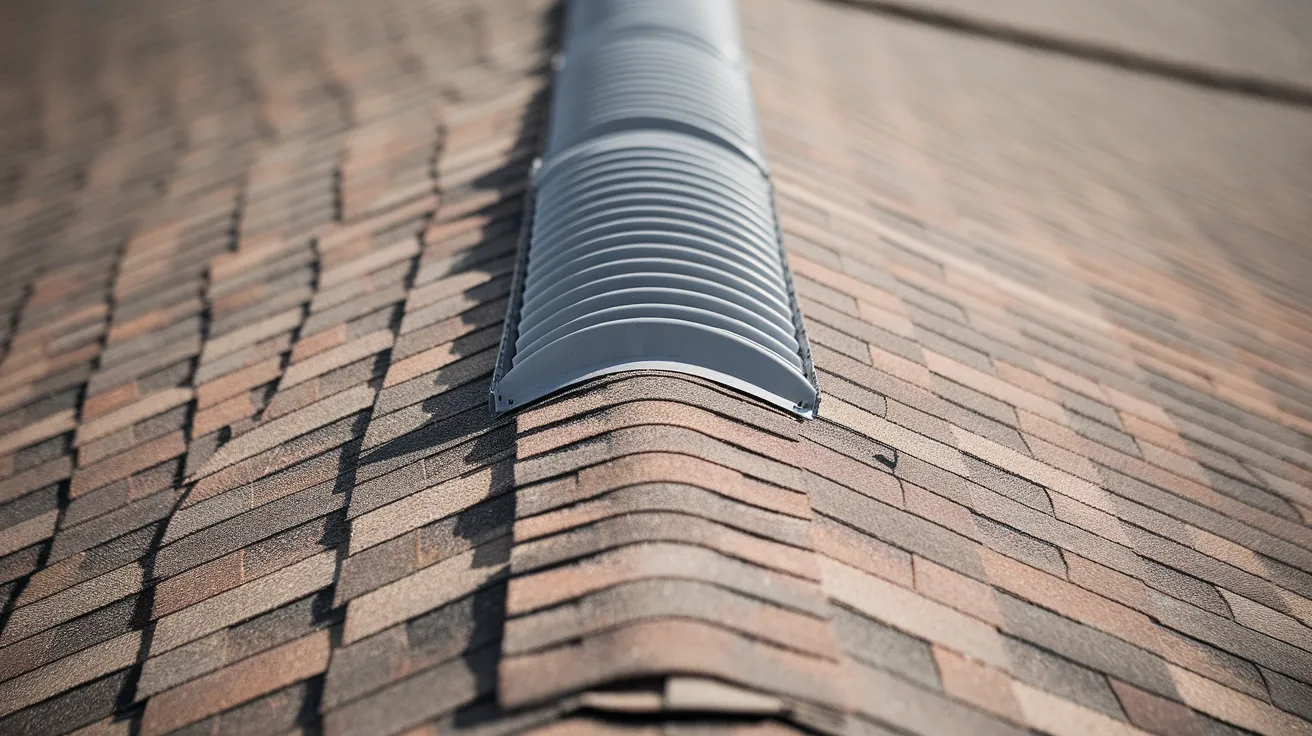
The ridge vent is a small opening along the top of the roof that helps air move in and out of your attic.
It lets hot air escape so your attic doesn’t get too warm. This helps your house stay cooler in summer and prevents moisture buildup.
A ridge vent works best when it’s paired with soffit vents down below.
Good airflow means a healthier roof and fewer problems like mold or ice buildup.
6. Valley
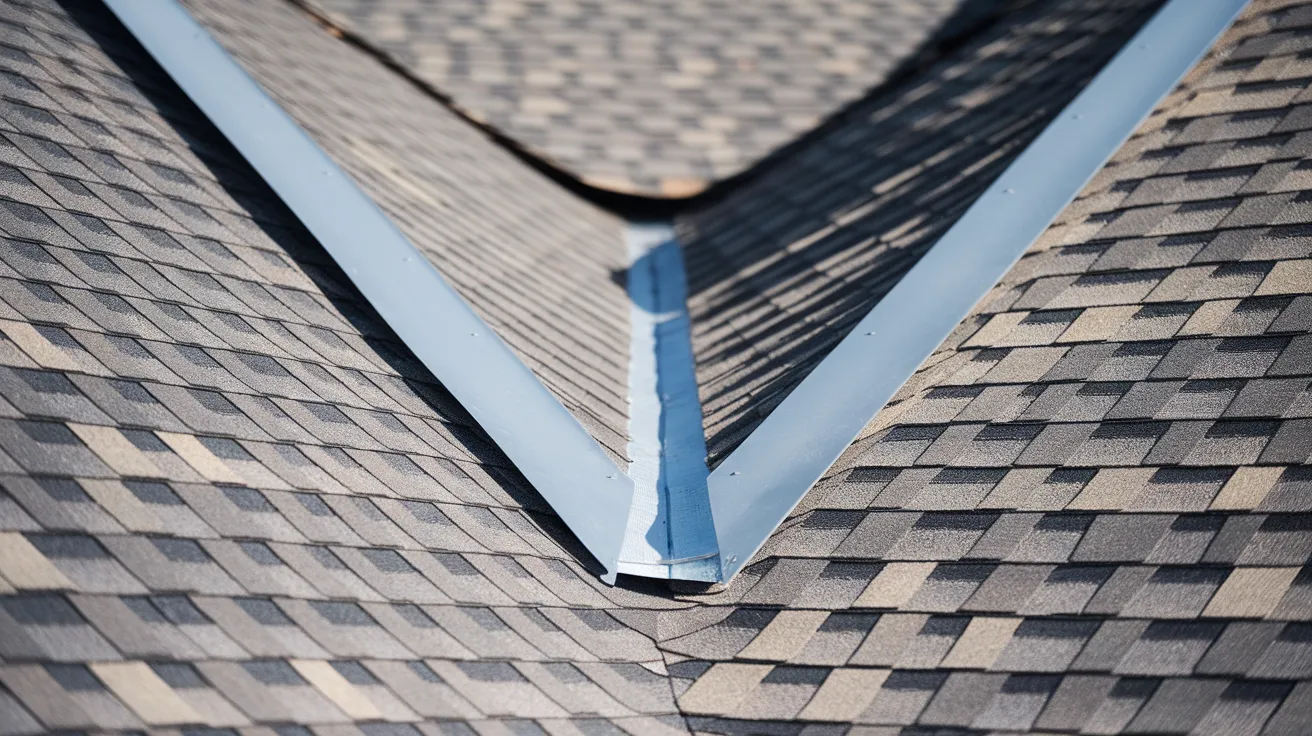
The valley is the place where two sloping parts of the roof come together. It looks like a low groove or line that helps guide rainwater down the roof and into the gutters.
Since a lot of water passes through this area, the valleys need to be sealed well with metal flashing or special materials.
If not protected, valleys can leak more easily than other parts of the roof.
Keeping them clear of leaves and debris also helps water flow the right way.
7. Hip
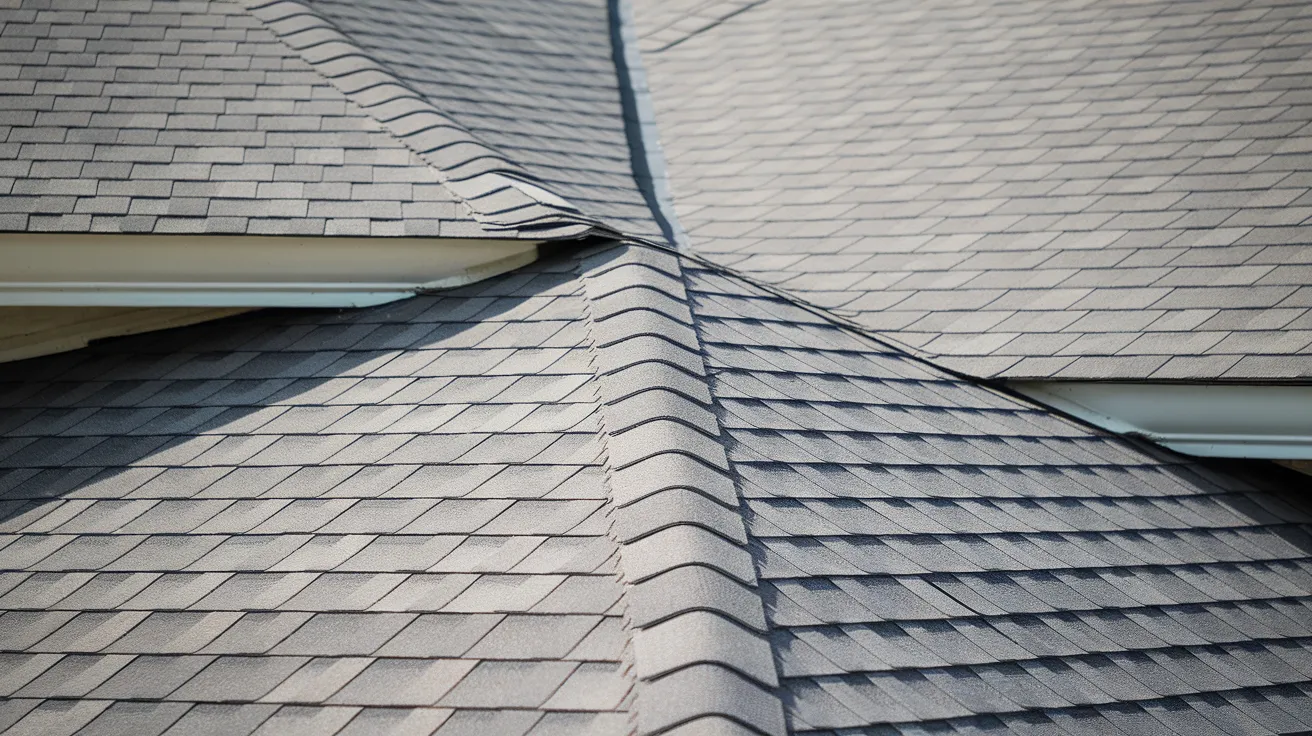
A hip is the raised edge where two roof sections meet at an angle, usually found on roofs with more complex shapes.
It’s kind of like a corner, but on the roof. Like ridges, hips also need to be covered well to keep out water.
Some roofs have several hips, and they help add strength and shape to the roof.
Special shingles called hip shingles are often used to seal and protect these areas.
8. Fascia
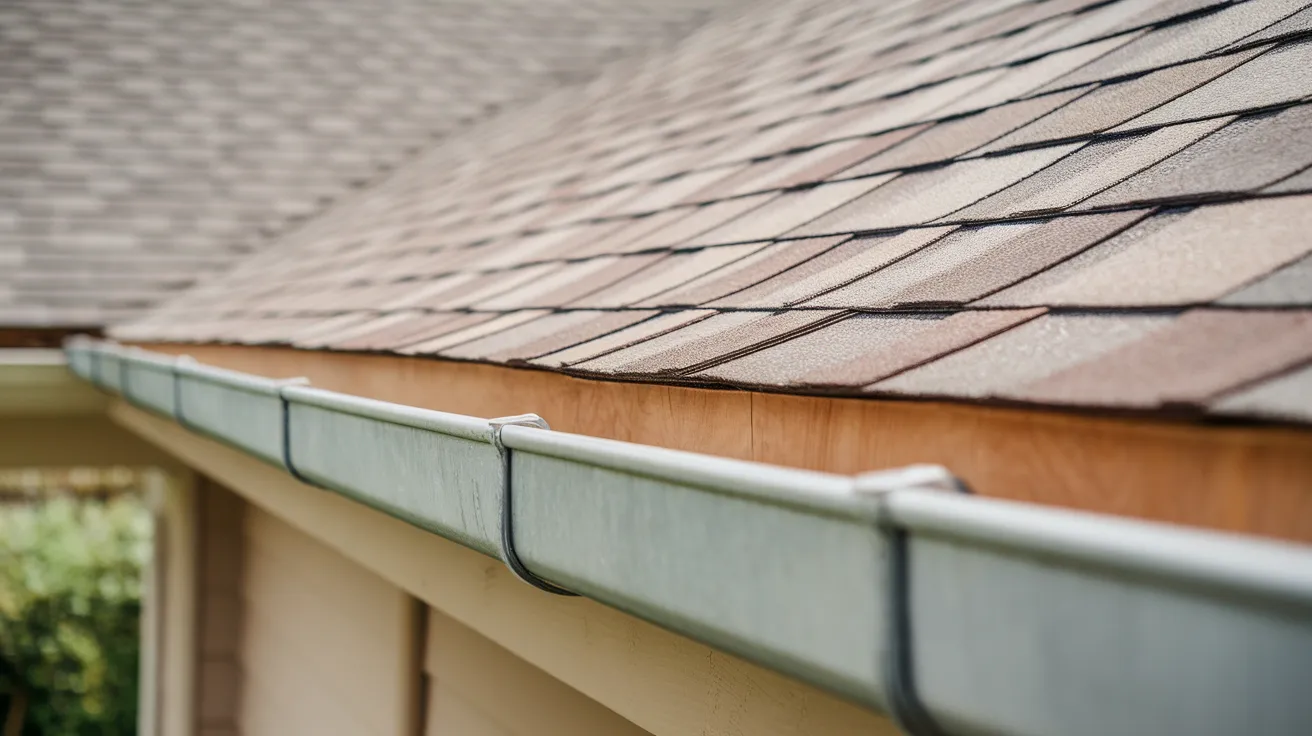
The fascia is the board that runs along the edge of the roof. It’s usually where the gutters are attached.
This board gives the roof a clean edge and also helps support the lower row of roof materials. Fascia boards are often made of wood or metal.
They need to stay strong and free from rot because they help hold up parts of the roof and gutters.
Keeping them painted or covered can help protect them from water damage.
9. Soffit
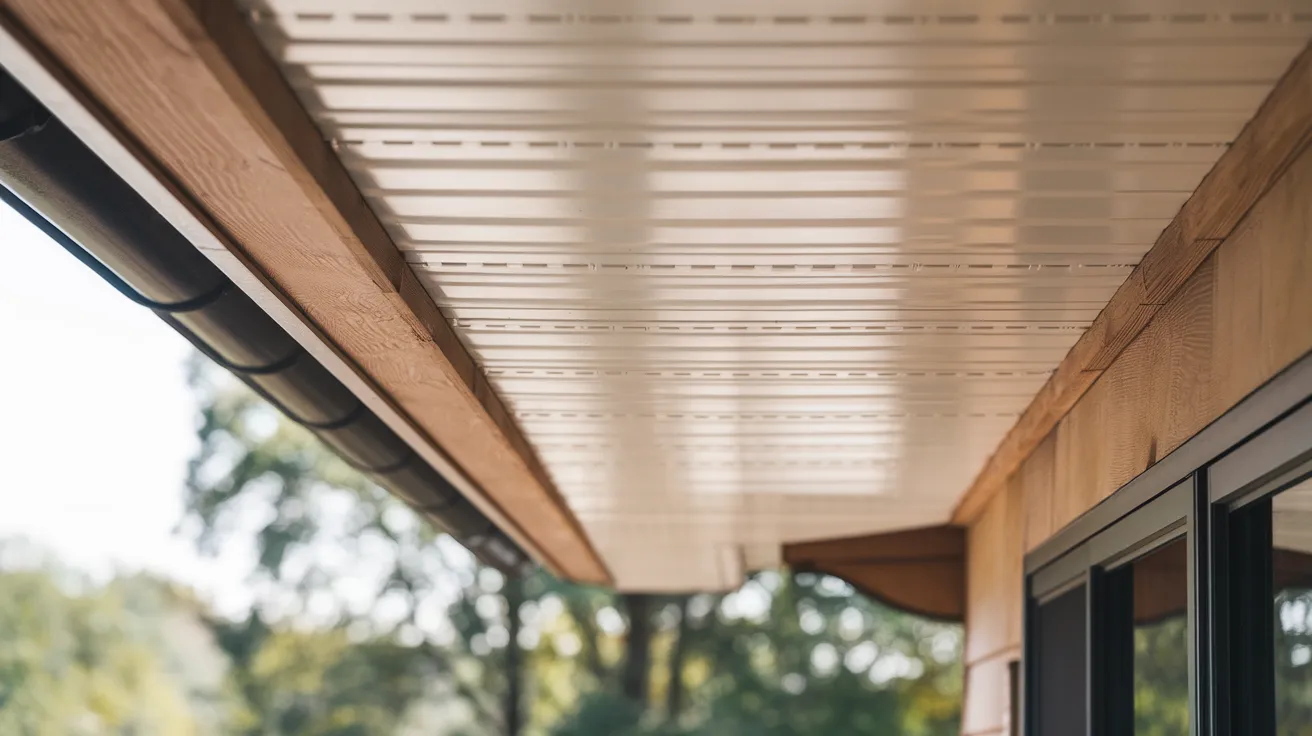
The soffit is the part underneath the overhang of your roof. If you stand under the edge of the roof and look up, that’s the soffit.
It often has tiny holes or vents in it. These vents let fresh air into the attic, which helps control moisture and temperature.
Soffits are usually made of wood, vinyl, or metal.
Without proper airflow from the soffits, your attic could get too hot or damp, leading to roof problems over time.
10. Drip Edge
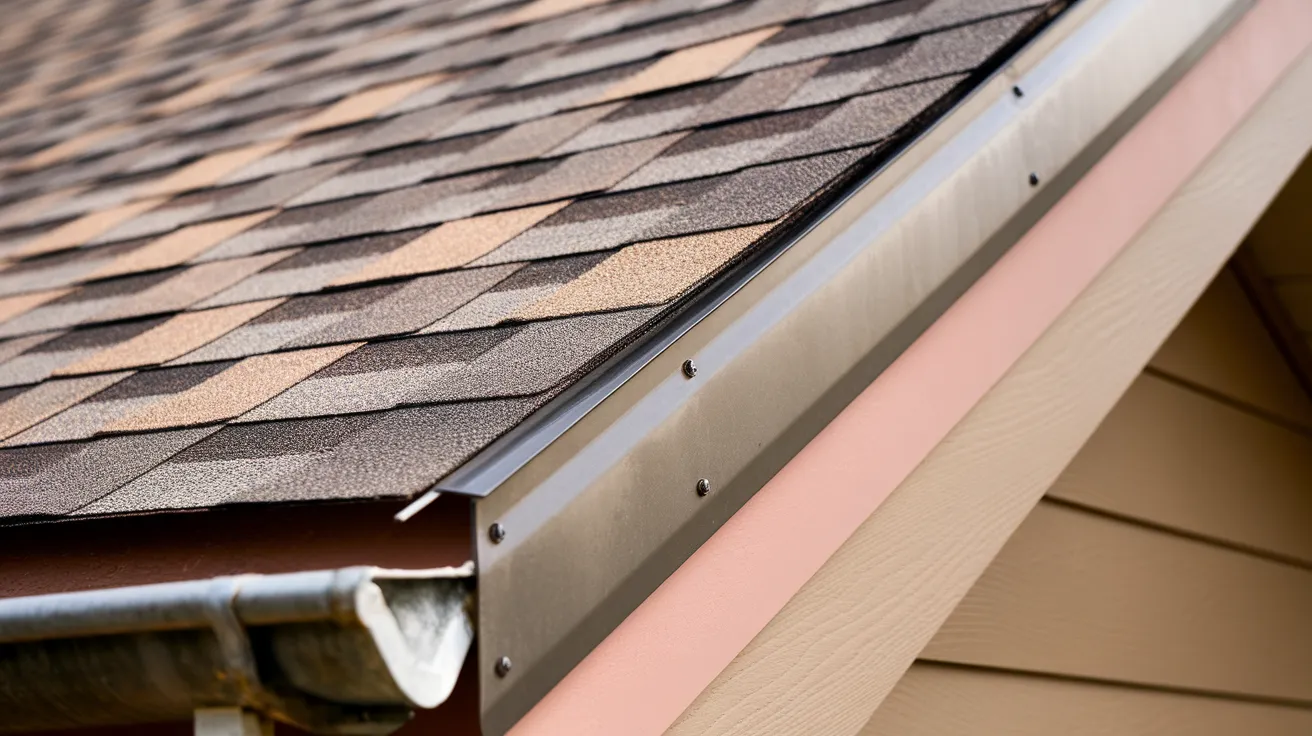
The drip edge is a thin piece of metal placed along the edges of the roof. Its job is to guide rainwater off the roof and away from the fascia.
This helps stop water from seeping under the shingles and into the roof deck.
Even though it’s small, the drip edge plays a big role in protecting your roof from leaks.
It also helps keep the edges of the roof looking neat and finished.
11. Flashing
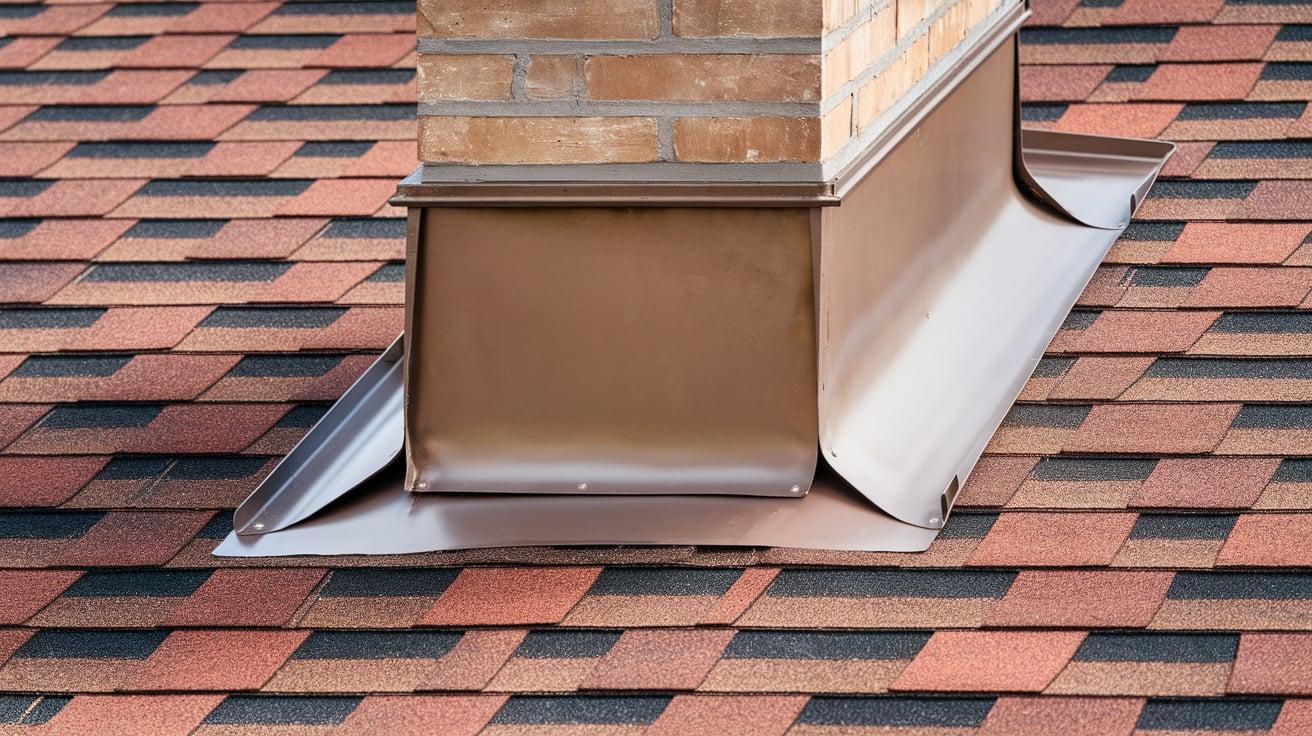
Flashing is made of thin metal sheets placed around areas where the roof meets things like chimneys, vents, or walls.
It seals the gaps so water can’t sneak in. Roofs have many places where two parts meet or something sticks out-those are spots where leaks often start.
Flashing helps prevent that. It’s usually made of aluminum or steel and should be checked regularly to make sure it hasn’t come loose or rusted.
12. Gutters and Downspouts

Gutters run along the edges of the roof and collect rainwater as it flows off.
Downspouts are the tubes that carry water down to the ground and away from your house.
Together, they keep water from dripping off the roof and pooling near your home’s foundation. Without gutters, water could damage your walls, basement, or landscaping.
Keeping them clean and clear is one of the simplest ways to protect your home.
How Roof Parts Work Together
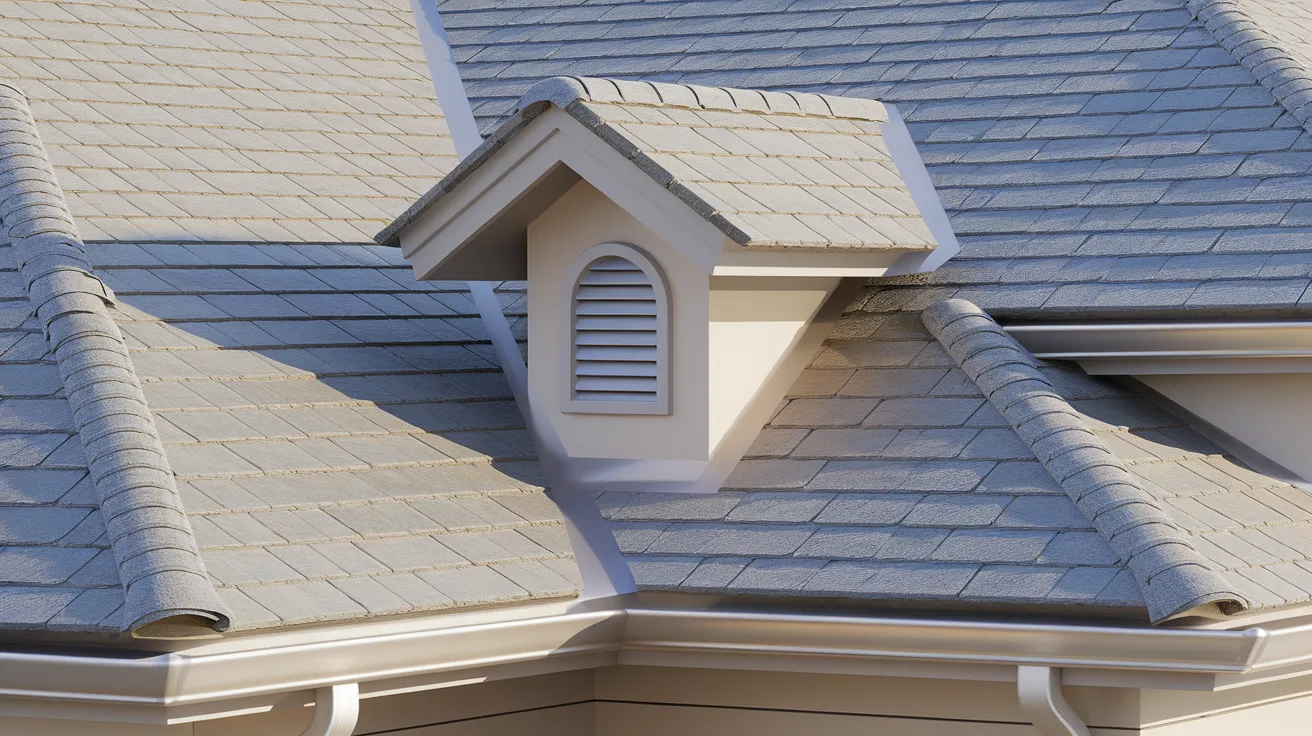
A roof functions like a team, where each part has a specific role. Shingles shield the roof from rain and sunlight, while underlayment and flashing block water from entering.
Vents like ridge and soffit vents allow airflow, keeping the attic dry and cool. Gutters and valleys help channel water away from the roof and your home.
When one part is damaged or missing, the others must compensate, which can cause issues like leaks, mold, or sagging. But when all parts are in good condition, the roof remains strong and durable.
Understanding how everything fits together makes roof maintenance simpler and protects your home.
Tips to Maintain a Strong Roof
- Inspect your roof often: Look for missing shingles, cracks, or sagging areas. Use binoculars or get help from a pro if needed.
- Clean your gutters: Clear out leaves and dirt so water can flow off the roof. Blocked gutters can cause leaks and damage.
- Check your attic: Watch for signs of water, mold, or too much heat. This can mean your roof isn’t venting properly.
- Make sure vents are clear: Soffit and ridge vents help air flow. Keep them open so your attic stays dry and cool.
- Trim overhanging branches: Tree limbs can scrape shingles or fall during storms. Cutting them back keeps your roof safe.
- Fix small problems quickly: A loose shingle or small leak can grow into a bigger issue. Repair things early to save time and money.
Conclusion
Now you know what makes up a roof and why each part matters. From shingles to vents to gutters, every piece has an important job.
I hope this helped you see how a roof works and how you can take care of yours.
Even small things, like cleaning gutters or checking for loose shingles, can make a big difference.
You don’t need to be a roofing expert to keep your home safe. Just knowing the basics gives you the power to spot problems early and make smart choices.
A strong roof means a safer, more comfortable home for you and your family.
If you’re ever unsure about something, it’s okay to ask a professional for help.
I believe that when we understand how things work, we feel more confident and ready to handle them. And that includes your roof.
Taking care of it today can save you a lot of trouble tomorrow.

